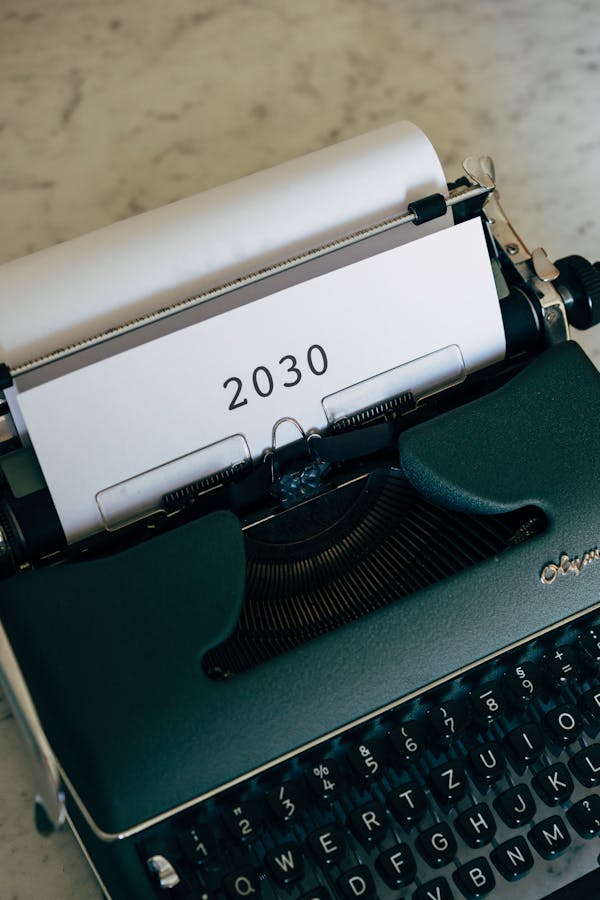As we stand on the precipice of a new decade, the world of dentistry is poised for significant transformations. The rapid pace of technological advancements, evolving patient expectations, and a heightened focus on preventive care are just a few factors reshaping the landscape of oral healthcare. In this exploration of what the future holds, we delve into the potential changes that might redefine dentistry by the year 2030.
The Digital Dentistry Revolution
One of the most prominent shifts in dentistry is the relentless march of digital technologies. From diagnostics to treatment planning, digital tools are becoming indispensable in oral healthcare. By 2030, it is likely that traditional impressions will be replaced by intraoral scanners that provide precise digital models of the oral cavity. This not only enhances the accuracy of restorations but also facilitates a more comfortable experience for patients.
Additionally, advancements in 3D printing are expected to play a pivotal role in creating dental prosthetics. Customized crowns, bridges, and even dentures can be fabricated with greater efficiency, allowing for same-day restorations and reducing the overall treatment timeline.
Artificial Intelligence in Diagnosis and Treatment Planning
The integration of artificial intelligence (AI) in dentistry is set to revolutionize diagnostic capabilities and treatment planning. AI algorithms can analyze vast datasets, including medical histories, radiographs, and clinical notes, to identify patterns and predict potential issues. This can significantly aid in early detection of oral diseases and enable more personalized treatment plans tailored to each patient’s unique needs.
Moreover, AI-powered robotic systems may find their way into dental surgeries, assisting dentists in performing complex procedures with unparalleled precision. This synergy between human expertise and machine efficiency could redefine the standards of care in dentistry.
Tele-dentistry and Remote Monitoring
The concept of tele-dentistry is gaining traction, driven by advancements in communication technologies. By 2030, patients may have the option to consult with their dentists remotely for routine check-ups, follow-ups, and even preliminary diagnoses. This not only enhances accessibility to care but also reduces the need for physical visits, especially in rural or underserved areas.
Remote monitoring devices, such as smart toothbrushes and oral health trackers, could become commonplace. These devices provide real-time data to both patients and dentists, enabling proactive management of oral health and preventing potential issues before they escalate.
Preventive Focus and Personalized Medicine
The shift from reactive to preventive dentistry is a paradigm that continues to gain momentum. Questions are infinite such as will dental crowns and bridges merge or will all day spas offer dental services? By 2030, a greater emphasis on personalized medicine and risk assessment may become the norm. Genetic testing and biomarker analysis could help identify individuals predisposed to certain oral health conditions, allowing for targeted preventive interventions.
Patient education will play a crucial role in this transformation, empowering individuals to take an active role in maintaining their oral health. After all this education actually creates more demand, which raises the question: can dental marketing evolve beyond digital and go back to the future, employing more past marketing methods like niche dental magazines? With the integration of augmented reality (AR) and virtual reality (VR) technologies, educational experiences could become more immersive, engaging, and tailored to individual learning styles.
Environmental Sustainability in Dentistry
As global awareness of environmental issues grows, the dental industry is likely to witness a shift towards greater sustainability. Innovations in materials and practices that minimize waste and reduce the environmental impact of dental procedures may become standard by 2030. This includes the adoption of eco-friendly materials for dental restorations and a more conscious approach to waste management.
The Future Will Be here Before We Know It
As we countdown to 2030, the field of dentistry stands at the intersection of technological innovation, patient-centered care, and environmental responsibility. The amalgamation of digital dentistry, artificial intelligence, tele-dentistry, preventive focus, and sustainability will reshape the profession in ways that were once considered futuristic. Dentists, researchers, and industry leaders must embrace these changes, fostering a collaborative approach to ensure that the future of dentistry is not only technologically advanced but also focused on delivering better, more accessible, and environmentally conscious oral healthcare.
